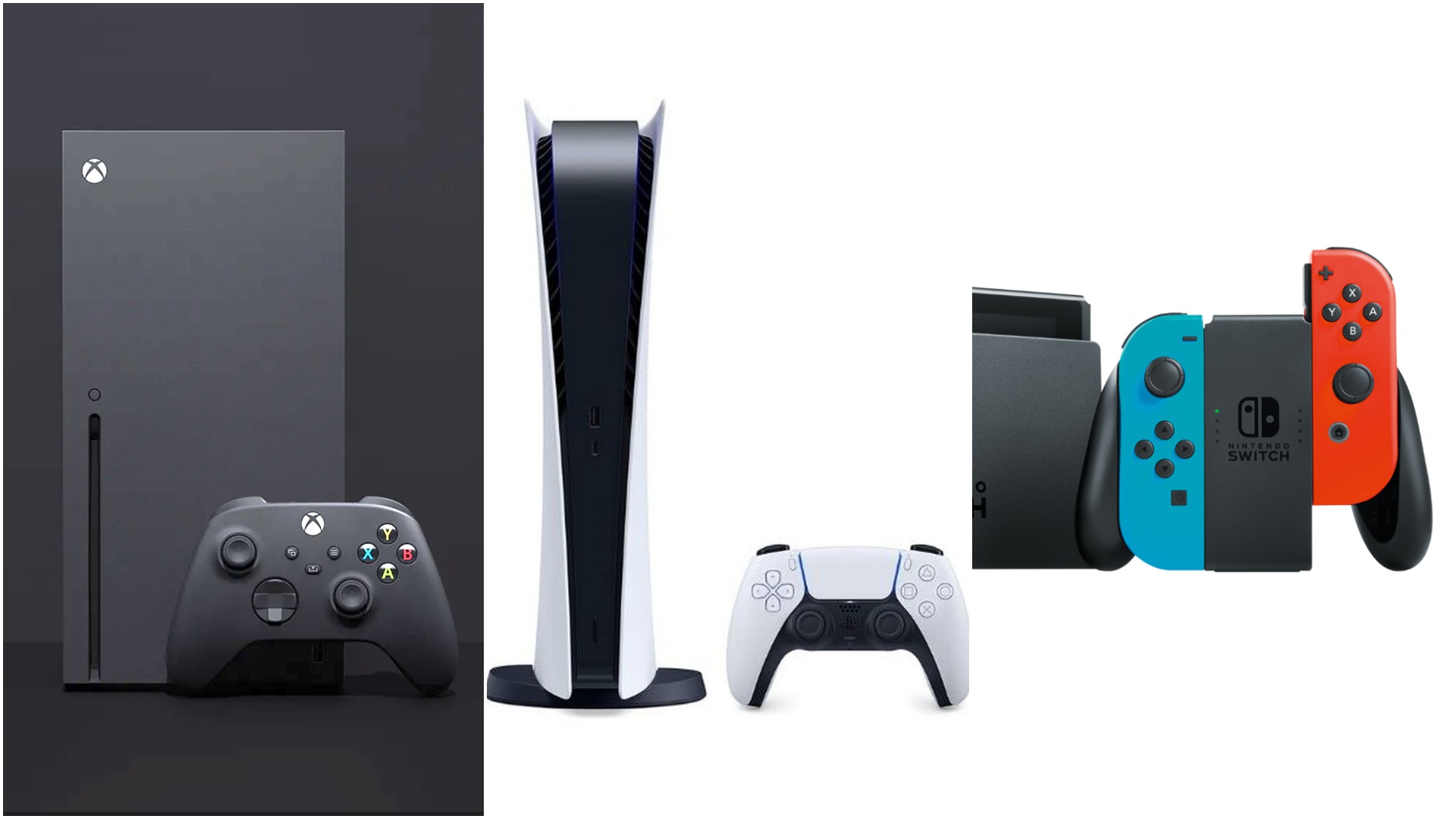You’ve probably noticed console manufacturers have had trouble keeping up with demand. No matter how much stock is poured onto shelves, new PS5s, Xbox Series Xs, and even Nintendo Switches seem to sell out in seconds. Scalpers deserve a lot of the blame, but the sad truth is that they are only part of the problem.
Even when you remove scalpers from the equation, manufacturers have long been dealing with limited product availability due to a shortage in crucial parts such as semiconductors. The issue arose right around the time various companies started ramping up production of products that required those chips, and it has persisted for several years. You’ve likely noticed that shortage impact several aspects of our daily lives, and you’ve certainly noticed it if you’ve tried to buy one of the latest game consoles through just about any retail outlet.
Do you know what the worst part is? That problem might just be here to stay, despite various attempts to fix the issue.
What Is Causing the PS5, Xbox Series X, and Nintendo Switch Chip Shortage?
In the tech world, any number of issues can cause a component shortage. Lack of manpower, dwindling resources…it doesn’t take much. The cause of this particular shortage is a combination of rising demand and already depleted stocks further impacted by the spread of the Covid-19 pandemic.
Most people took notice of the chip shortage when Covid-19 swept across the globe. Many organizations shut down in an attempt to stem the disease’s spread, including electronics component factories that produced semiconductors key to modern game consoles. Understandably, that decision ground manufacturing to a halt. After all, you can’t exactly produce semiconductors if nobody is there to work. Even after factory floors opened, everyone had to obey new rules that made it difficult (often impossible) for companies to match their peak pre-pandemic levels. However, it’s not really fair to put all the blame on the pandemic in this particular instance. When it comes to this recent chip shortage, Covid-19 was just the straw that broke the camel’s back.
Outlets such as the New York Times and Bloomberg did some digging and discovered that the demand for semiconductors has been ballooning for quite a while. More importantly, it turns out that the gaming industry is just one of the contributors to that problem. Every year, more and more car and car components have relied on semiconductors, and many other industries have also come to rely on more and more chips for various purposes. Manufacturers tried to undergo a kind of “crunch” period to help supply keep up with demand, but that effort didn’t work out as well as some had hoped. In fact, outlets such as the New York Times suggest that any actual solution to this problem is further away than many consumers will want to hear.
How Long Will the PS5, Xbox Series X, and Nintendo Switch Chip Shortage Last?
Since the ongoing semiconductor chip shortage is one of the main contributors to limited Xbox Series X, PlayStation 5, and Nintendo Switch stocks, the obvious solution to the hardware stock problems is to solve the chip shortage. Once that has cleared up, surely console stocks will improve, right? That unfortunately might be a pipe dream.
During a recent webcast (transcribed by Video Games Chronicle), Sony’s Chief Financial Officer Hikori Totoki stated that while he is confident that the company can produce a total of 18 million units by the end of the 2022 fiscal year (which is March 2023), Sony originally expected to produce about 22.6 million units by then. A combination of COVID-19 workplace safety rules and the semiconductor shortage forced Sony to rethink its plans, and as of right now, Totoki is unsure if the company will ever truly meet gamer demand.
Nintendo’s recent financial report mirrors Sony’s. The document states that sales in the fiscal year of 2021 were held back by semiconductor shortages, although, to be fair, a strong lineup of titles such as Animal Crossing: New Horizon might have given 2020’s sales a boost. Going by Nintendo’s numbers, hardware sales dipped by 20%, and chip shortages will also likely affect Switch performance numbers going forward despite the fact that the Switch is less powerful than the PS5 and thus requires weaker components.
While we would like to tell you that the shortage situation isn’t all doom and gloom, the fact is that it’s been one thing or another for quite some time now. A recent report posted by Counterpoint Research claimed that semiconductors should become more plentiful during the second half of 2022. However, outlets such as Vox and Popular Mechanics have pointed out that semiconductor manufacturers rely on neon to produce their chips, and the world’s chief supplier of neon is, or was, Ukraine.
To be more specific, two companies were responsible for the majority of the world’s neon: Ingas and Cryoin. When Russia bombarded Mariupol, the city where Ingas is located, it crippled Ukraine’s neon output. Now that Russia has moved on to Odesa, where Cryoin is situated, Ukraine’s ability to export neon may soon completely evaporate. According to the Wall Street Journal, semiconductor chip manufacturers only have half a year’s worth of neon in reserve at most. Even if Counterpoint Research’s predictions come true, we will probably experience yet another chip shortage afterward unless companies can find another source of neon (or, preferably, when the war in Ukraine ends).
Between hobbled production and high demand, the global chip shortage might be the new normal, especially for the gaming industry. At the very least, it likely won’t be signficantly easier to find and buy a next-generation console at their MSRP for quite some time.
